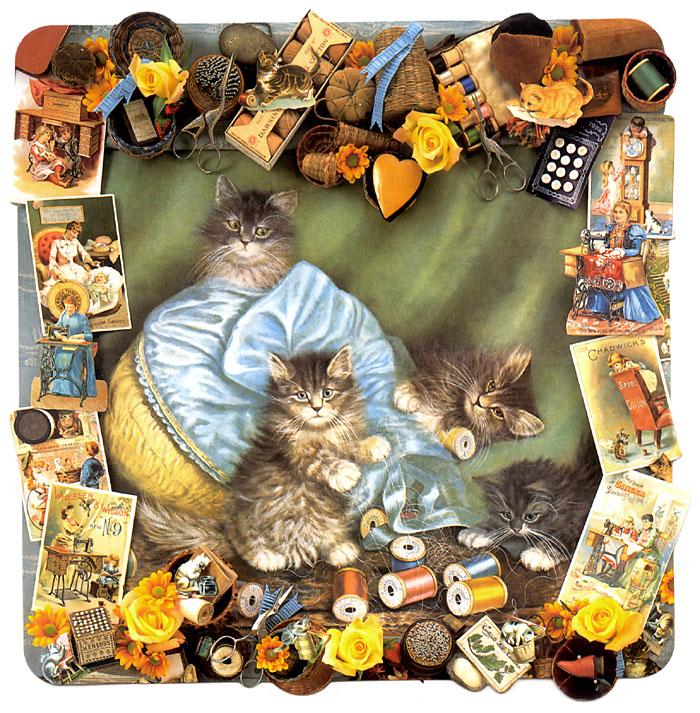|
Kittens(새끼/아기 고양이)

| 해상도: 700x713
파일크기: 133298 Bytes
등록시간: 2004:06:23 17:27:02
|
Kittens
From: Charles Perrien
Subject: Happy Valentines Day to All the Cat Lovers! - p-Valentine2001_02.jpg
Newsgroups: alt.binaries.pictures.artpics
Date: Wed, 14 Feb 2001 11:06:44 -0600 |
^o^
동물그림창고 똑똑전화 누리집
^o^
|
|